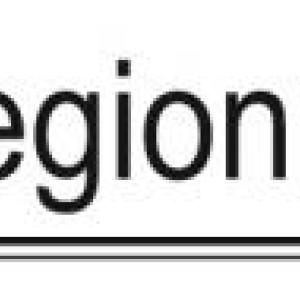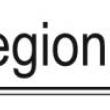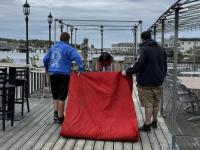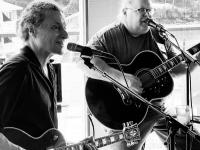The more things change, the more they stay the same
In the words of the old proverb, “The more things change, the more they stay the same.” And sometimes it does seem that way.
A week ago a government report announced that employers had added 113,000 jobs in January, and, that while as a result the national unemployment rate fell slightly to 6.6 percent, over 10 million Americans remained jobless. Despite that somber jobs news, and stagnant middle-class wage gains, economists still concurred that “more educated workers continue to enjoy much better employment options that those with a high-school degree or less.”
In fact, the January unemployment rate for college graduates stood at slightly over 3 percent compared to 6.5 percent for high school graduates and 9.6 for those without a high school diploma.
But, lest we bemoan the present in favor of an imagined rosier past, history affords some perspective. For example, let’s look back at 1967 Boothbay Harbor. An editorial that year in the Boothbay Register, entitled “Opportunities,” decried the current high rate of youth unemployment. “The problem, of course,” explained the Register, “is that there is a surplus of manpower supply for unskilled and semi-skilled labor needs, and a critical shortage in professional and technical occupations and in the field of clerical services. There are opportunities without limit — but only for those who have the education and training to meet the requirement of these areas of employment.”
Yet, in the face of the perceived importance in 1967 for post-secondary education, Boothbay Region students and parents in the late 1960s, as in the region today, blanched at the rising costs of financing a post-secondary education. In 1969 yearly costs at Boston University had risen to $3,500 a year, at University of Maine in Orono, to $1,600, at UMaine in Farmington to $1,060. “One can readily see,” wrote the Register on January 16, 1969, in an editorial entitled “Let’s Continue our Record” endorsing the BRSAF’s annual fund-raising campaign, “that many families and students (in 1969) find the rising costs of a college education a great hardship, one which they cannot face and successfully meet without help.”
Somehow, despite the 45-year gap in time, 1969-2014, “le plus ca change, plus c’est la meme chose.” (“The more things change, the more they stay the same.”)
The Boothbay Region Student Aid fund still underscores the rising costs of higher education, and still appeals to the people of the region to help the seniors of our region’s high school be fully prepared to confront an economy that places a higher and higher premium on having the talent, and specialized knowledge, and skills to fend for themselves in the increasingly technical and difficult modern American job market and workplace. A post-secondary education whether it be in a college, a university, or a technical school remains in 2014 as in 1969 more and more an imperative.
The Boothbay Region Student Aid Fund (BRSAF) is currently in the midst of its Annual Fund drive. Contributions to the BRSAF can be sent to P.O. Box 293, Boothbay Harbor, ME 04538. For more information on the BRSAF, go to www.boothbayharborstudentaidfund.org.
Event Date
Address
United States
























